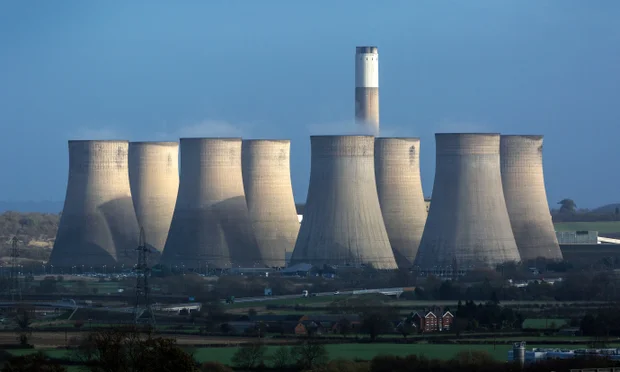As the British Ratcliffe-on-Soar power station no longer spews carbon dioxide and other pollutants into the sky, the United Kingdom is considered to be the first major economy to abandon the use of coal.
In 1882, the world’s first coal-fired power station opened in London, ushering in a new era of electricity generation in which coal remains the largest source of electricity in the world to this day. After 142 years and 4.6 billion tonnes of coal, the last coal-fired power station in the UK closed on Monday 30 September, according to The Independent.
The rapid transition, begun only a decade ago, was only made possible by the emergence of alternative sources of electricity to meet the growing demand for energy. A new record was set by renewable energy sources, with hydro, solar and wind power provided 44 per cent of the country’s electricity, up from just 7 per cent in 2010. This year, renewable energy share of the UK’s energy supply is predicted to exceed 50 per cent for the first time.
In Europe, wind and solar power have already overtaken fossil-fuelled electricity. In the first six months of 2024, wind turbines and solar panels accounted for 30 per cent of electricity generated in the European Union.
Currently, 69 countries generate more than 50 per cent of their electricity from renewable energy, and seven countries meet their entire electricity needs from renewables, according to energy think tank Ember. The UK is aiming to reach that milestone next year.
The National Grid Company said its goal to ensure they provide the bulk of the net energy mix, which includes nuclear power. Targets to fully decarbonise its energy sector have been put forward by the New Labour government, setting 2030 as the target, requiring gas to be phased out twice as fast as coal, which involves doubling onshore wind capacity, tripling solar power and quadrupling offshore wind capacity.
